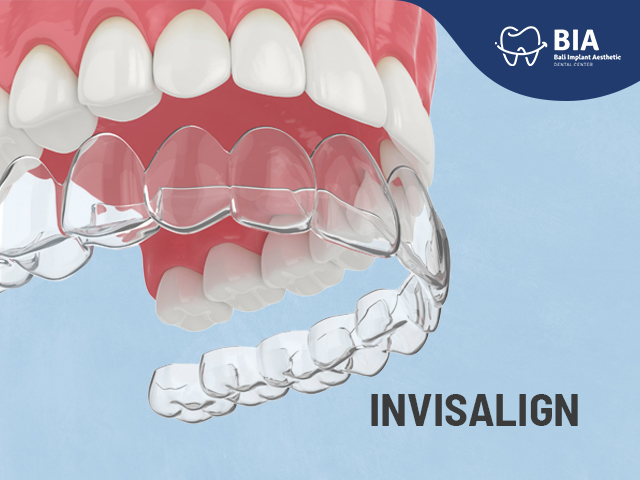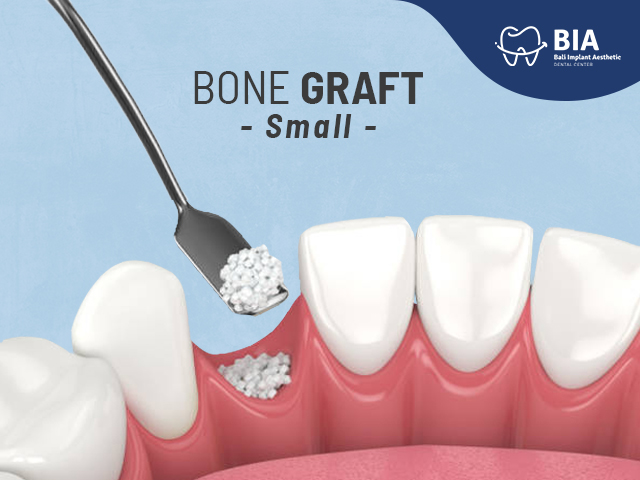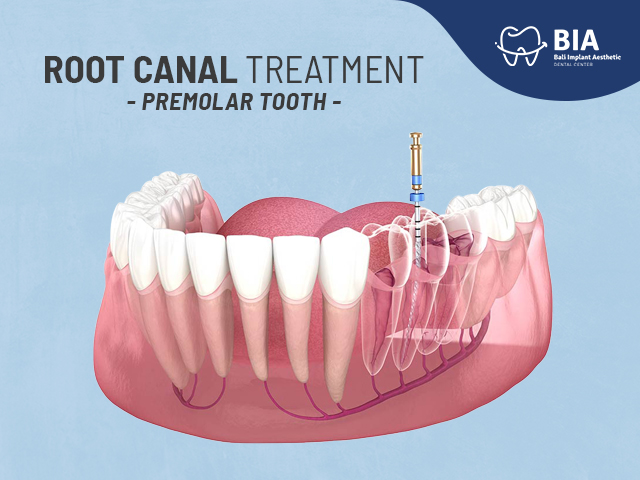Jaw Joint Disorder? Don't Panic
Article | 2023-05-31 10:51:04
Jaw Joint Disorder?
Don't Panic
Have you ever opened your mouth wide when you yawn or laughed and then your jaw became stiff and you couldn't close your mouth? Or have you ever felt a nagging pain when you just woke up and it's hard to open your mouth wide? Or when you are anxious and stressed without realizing it you grind your teeth excessively and end up feeling pain in your jaw joint? Maybe you have jaw joint disorders. Don't panic yet, because jaw joint disorders can be treated and treated by a dentist. In this article, we will discuss common jaw joint disorders, diagnosis of jaw joint disorders, and treatment for cases of jaw joint disorders.
The jaw joint is also called the temporomandibular joint (TMJ). Jaw joint disorder or temporomandibular disorder (TMD) is a term that describes a condition of pain, disorder, dysfunction of the masticatory or masticatory components which consist of muscles, bones, temporomandibular joints and innervation. The muscles with the function of opening and closing the mouth are closely related to the jaw joint. Symptoms of TMD can vary, including; difficulty chewing, toothache, headache, facial pain, joint sounds (click/crack), ringing in the ears (tinnitus aurium), pain in the jaw joint area, limited mouth opening, jaw locking, and deviation or deflection of jaw movement . There are many causes of TMD; Crowded teeth that eventually lead to malocclusion, disharmony in the relationship between the maxilla and mandible which causes abnormalities in the jaw joints, a condition in which a person loses teeth which ultimately affects the masticatory system which has a direct impact on the jaw joints, manufacture of dentures that do not which ultimately affects the vertical height of the face and the relationship of the maxilla and mandible, as well as trauma from accidents to the jaw joint and the area around the jaw. Bad habits such as bruxism, clenching, and wrong posture can also be a factor in causing TMD. Other factors that are often reported to be the cause of TMD are anxiety, stress, and/or emotional factors. When anxious, stressed, or emotional, a person tends to grind his teeth excessively unconsciously, excess pressure on these teeth will cause attrition if done for a long time and impact on the relationship of the upper and lower jaws, as well as the joints which will eventually cause disruption of the jaw joints . Orthodontic treatment that is not ideal, will cause the relationship of the upper and lower teeth to be disharmonious, which can be a triggering factor for TMD. In some cases it has been reported that inflammatory diseases such as arthritis or other systemic diseases can manifest in joint disorders, including the TMJ. In addition to systemic factors, oncological abnormalities in the maxillary and mandibular areas can have a direct impact on the occurrence of disorders and disorders of the jaw joint.
The initial examination for TMD is carried out by examining the jaw and jaw joints. The doctor or dentist will examine and listen to the patient's TMJ when opening and closing the mouth. In addition, the doctor or dentist will observe the range of motion in the patient's jaw, pressing on the area around the TMJ to identify the location of the pain. To make a diagnosis of TMD, dentists must be more thorough in carrying out clinical examinations and complete supporting examinations. Dental X-ray examinations such as Panoramic X-ray to observe the patient's TMJ as well as the patient's teeth, 3D CBCT, CT Scan to provide detailed images of the bones involved in the joint, and MRI to reveal problems with the joint discs or surrounding soft tissue. These investigations can be carried out to establish the diagnosis of TMD.
Treatment for TMD can be done in several ways such as; administration of drugs such as analgesics and anti-inflammatories, tricyclic antidepressants, muscle relaxants. Non-drug therapy that is usually done for TMD cases, including: use of a mouth guard, jaw muscle exercises, counseling. Other TMD treatment procedures such as arthrocentesis, which is an invasive procedure performed by inserting a small needle into the joint, injecting corticosteroids into the joint, and/or open joint surgery. Especially for open joint surgery (arthrotomy) performed to repair or replace a joint, keep in mind that this operation is only performed if TMD does not heal with conservative treatment, and is caused by structural problems in the joint. Immediately check the condition of your TMJ to the dentist as soon as you feel any symptoms of TMD that are not getting better. TMD symptoms can interfere with your daily activities and if left unchecked can lead to more serious conditions. BIA (Bali Implant Aesthetic) Dental Center is a trusted dental clinic equipped with facilities with the latest technology that can optimize the dental treatment you need, including for TMD diagnosis needs with panoramic x-rays or 3D CBCT. BIA (Bali Implant Aesthetic) Dental Center is a trusted dental clinic near Kuta and not far from the airport. Don't let dental problems ruin your holiday in Bali, if you are enjoying the beautiful scenery of Ubud and unexpectedly need a dentist, the distance from Ubud to BIA (Bali Implant Aesthetic) Dental Center is approximately 35 km. Trust your dental care to dentists at the best dental clinic in Bali of your choice.
BIA (Bali Implant Aesthetic) Dental Center
Jl. Sunset Road No.86A, Seminyak, Badung, Bali Indonesia 80361.
+6282139396161
REFERENCES:
Pradana, Franciscus. 2019. Kelainan Sendi Rahang (Temporomandibular Disorder). RSUP Dr.Sardjito: Yogyakarta.
Mayo Clinic. Diakses pada 2022. TMJ disorders.
Medscape. Diakses pada 2022. Temporomandibular Joint (TMJ) Syndrome.




